Side account of @joachimnapoleon, mainly for indulging my love of writing, FX’s Shogun, and the Japanese Sengoku period… and Hiroyuki Sanada and Takehiro Hira. My AO3 for my Shogun-related works:https://archiveofourown.org/users/MyFullRangeofExpression
Don't wanna be here? Send us removal request.
Text

Umberto Eco, who owned 50,000 books, had this to say about home libraries:
"It is foolish to think that you have to read all the books you buy, as it is foolish to criticize those who buy more books than they will ever be able to read. It would be like saying that you should use all the cutlery or glasses or screwdrivers or drill bits you bought before buying new ones.
"There are things in life that we need to always have plenty of supplies, even if we will only use a small portion.
"If, for example, we consider books as medicine, we understand that it is good to have many at home rather than a few: when you want to feel better, then you go to the 'medicine closet' and choose a book. Not a random one, but the right book for that moment. That's why you should always have a nutrition choice!
"Those who buy only one book, read only that one and then get rid of it. They simply apply the consumer mentality to books, that is, they consider them a consumer product, a good. Those who love books know that a book is anything but a commodity."
5K notes
·
View notes
Text
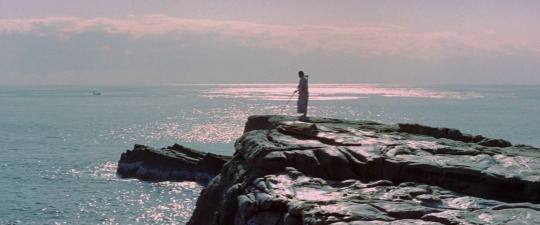

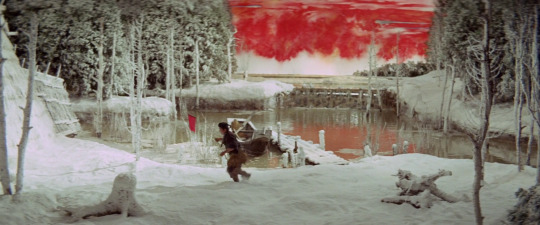
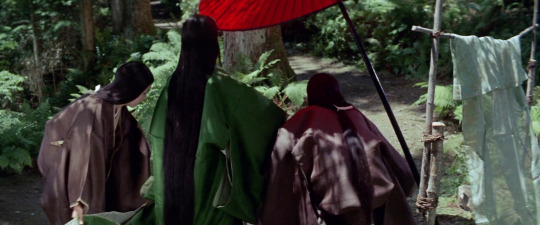
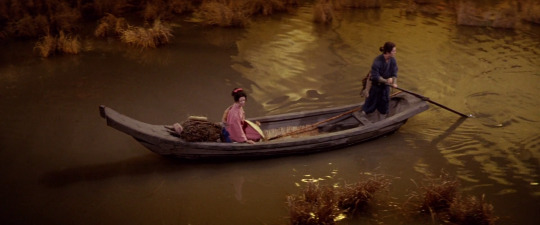
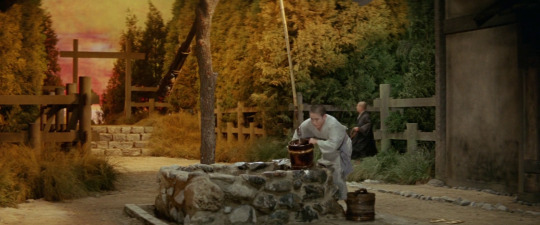
"As long as I live… I'll continue to play the biwa. I'll play with all my soul to mourn those thousands of spirits who burn with bitter hatred."
Kwaidan [怪談] (1964), dir. Masaki Kobayashi
186 notes
·
View notes
Text
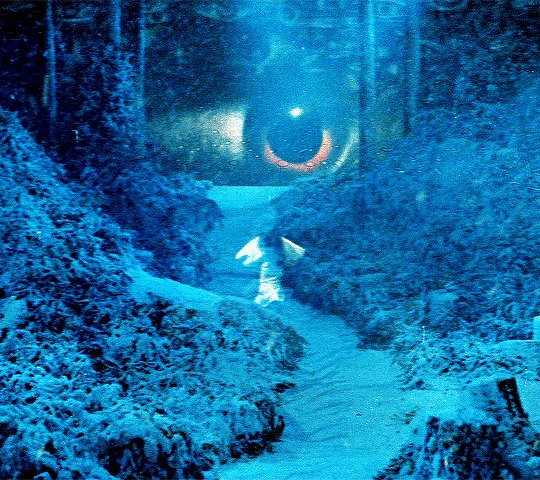






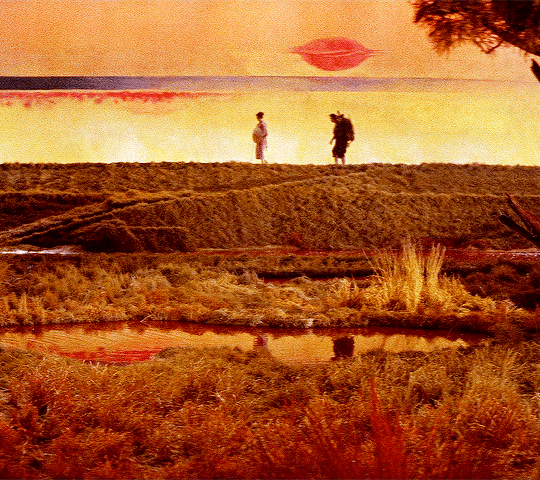

KWAIDAN 怪談 (1964) dir. Masaki Kobayashi
#this movie is mesmerizing#finally watched it for the first time today and was blown away#Kwaidan#movies#Japanese movies#gifs
806 notes
·
View notes
Text









Periodical reminder of Tatsuya Nakadai's insane face card.
33 notes
·
View notes
Text

Toshiro Mifune lighting a cigarette for Tatsuya Nakadai during the filming of Akira Kurosawa's 'Sanjuro' (1962)
641 notes
·
View notes
Text
A reminder that you can always reject canon if it sucks and write your own fix-it fics
2K notes
·
View notes
Text

師匠 千葉真一氏と
真田広之さん
弟子時代,千葉氏は真田さんが
自慢だった。
7 notes
·
View notes
Text
Korea: The Imjin War

The Imjin wars are one of the really, really dark moments of the Sengoku Jidai and of Japan’s history. Not so much for what happened there, though that certainly contributes heavily, but for the precedent that it would set. The Imjin wars, or rather, Japan’s invasion of Korea, would use a route that would find itself repeated 300 years later. Japan would annexe Korea much more successfully and devastatingly in the 1900s and leave a mark on both countries that cannot be forgotten.
The post is under the cut, once again this is too long to just sit on the blog
Keep reading
15 notes
·
View notes
Photo

It is said that when Katō Kiyomasa was ordered to built the stone walls for the castle tower, he rode on the big stones, carried by his men, and led them by singing the workmen’s songs.
(Nagoya castle, Aichi prefecture; photo by me)
10 notes
·
View notes
Text




Kumamoto Castle, is considered to be one of the three most beautiful castles in Japan, and it was built by Lord Kato Kiyomasa in 1607 (Keicho 12).
The Ginkgo tree beside the castle was also planted by him in 1600. This tree and the castle was burnt down during Satsuma Rebellion in the Meiji era. The current ginkgo tree grew from a seedling planted after the fire.
The Hosokawa clan and swordmaster Miyamoto Musashi are just some of the heroes who have carved their names on the tablet of the castle's dramatic history.
Kumamoto Prefecture, Kyushu region, Japan November 2023
5 notes
·
View notes
Photo
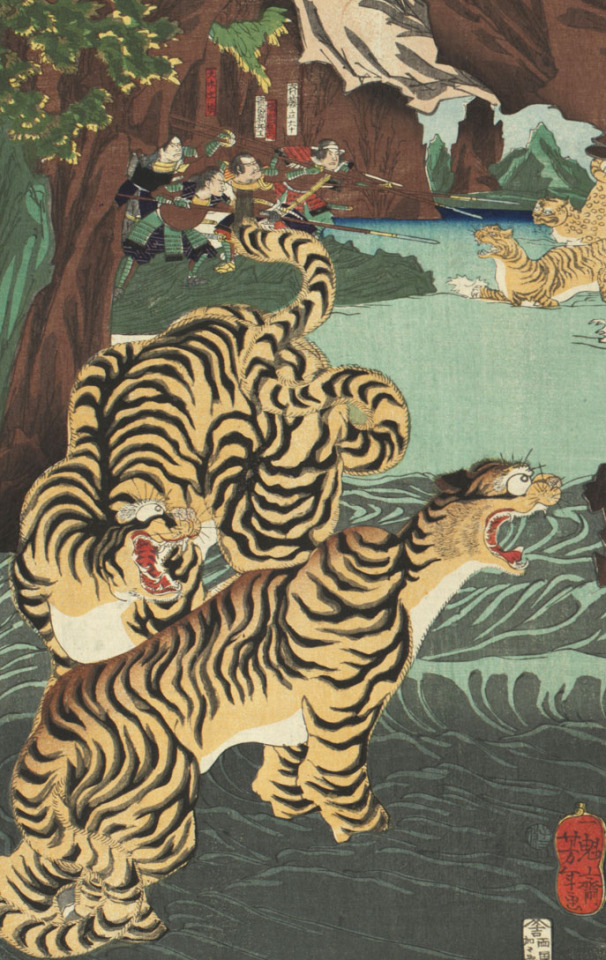
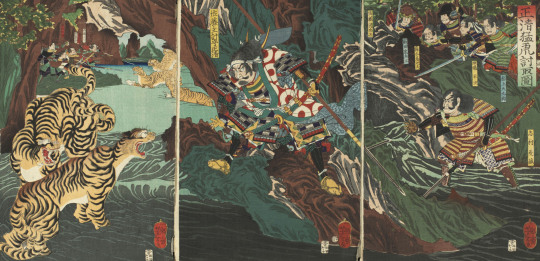
Tsukioka Yoshitoshi: Kato Kiyomasa hunting tigers in Korea during the Imjim war
387 notes
·
View notes
Text

Musical instruments used by Katō Kiyomasa
Japanese vintage postcard
11 notes
·
View notes
Text
nothing brings me more happiness than seeing child mitsunari, masanori, and kiyomasa in hideyoshi's sw5 official art


so small,,, peace and love on planet earth
13 notes
·
View notes
Text
What really ticks me off when talking about ai is when people are like "it's unavoidable" or "you'll have to learn to use it someday" or "its going to be part of the future" like no it's plenty avoidable actually if you have a spine stronger than a dandelion. You simply say "no" and continue to use your own goddamn brain.
#or calling people who oppose it ‘neo-Luddites’#sorry just because a type of technology is new doesn’t automatically mean it’s good#we absolutely are allowed to dislike this and question why it’s being pushed so hard into every aspect of life now
74K notes
·
View notes
Text
I wanted to make information I have on Konishi Yukinaga more complete, so I decided to go through A History of Japan by James Murdoch. And I got sidetracked…
According to Murdoch’s A History of Japan (1903), when Hideyoshi was dealing with Ieyasu in 1584, the monks of Kōya-san “had given Hideyoshi infinite trouble” and “he had threatened that he would burn their nest when his hands were free. As soon as his hands were free, Ōki, the chief priest✶1, begged for mercy, and had no difficulty in obtaining it.”
Apparently it was through Ishida Mitsunari that Ōki approached Hideyoshi. Afterwards Ōki “showed his gratitude to Ishida by working zealously for him just before Sekigahara. Among other services he then persuaded the Lord of Anotsu in Ise and the Lord of Ōtsu in Ōmi to surrender their castles to Ishida’s partizans.” (p. 207)
And since we’re talking about Kōya-san…
On the top of Kōya-san, outside of Kōbō Daishi’s Mausoleum in Okunoin, there’s a sutra library on the left side. It was built by Ishida Mitsunari after the death of his mother so she would find happiness in death. He donated complete Buddhist scriptures (一切経). However, two years later it was destroyed by fire, so Mitsunari let it be build again and this time donated another version of complete Buddhist scriptures (高麗版一切経). It remains until today, and it’s considered one of Japan’s important cultural property; the explanation that it was donated by Ishida Mitsunari is written on the library in Chinese. (When I visited Kōya-san I was taken by surprise, because I didn’t know about it. Unfortunately, you can’t take photos around the Mausoleum, but here’s a useful site.)
After his mother’s death, Mitsunari also built a temple Zuigaku in Sawayama (today’s Hikone). Her portrait remains in Sangen’in in Daitokuji (Kyoto) where her funeral was held. Sangen’in was built by Mitsunari, Asano Yukinaga and Mori Tadamasa. The first head priest was Shun’oku Sōen, who was also invited to set the first stone for Zuigaku in Sawayma. When Mitsunari was beheaded after Sekigahara, Sōen went to collect his corpse to give him a burial and he built him a tomb in Sangen’in.
One of Ishida Mitsunari’s graves is also on Kōya-san. Pretty close to the grave of Akechi Mitsuhide. (But I mean, everyone’s on Kōya-san.)
✶1 Mokujiki Ōgo (1536-1608)
4 notes
·
View notes
Text
Masterpost
Keep reading
5 notes
·
View notes
Note
Is Mitsunari's wife related to Sanada Masayuki's wife? And what happened to her after the battle of Sekigahara?
Historians are still debating over that. It seems like Sanada clan’s historians are against the theory, while those focusing on Mitsunari are in favour. The problem lies with the fact that Sanada Masayuki’s wife Yamanotedono’s origins are unknown and there are several theories, being an older sister of Mitsunari’s wife is one of them. Uta was a daughter of Uda Yoritada.
During the battle of Sekigahara she was protecting Sawayama with Mitsunari’s father and brother and her own father and brother and died there. It is said that an Ishida vassal killed her and other Ishida family women and put the castle on fire, because they couldn’t resist the numbers. The men committed suicide.
However in later years a new theory appeared that says that it would be unnatural for her to be at Sawayama while other wives were at Osaka, so it suggests that she lived, perhaps relying on her second daughter.
But generally it is believed she died at Sawayama.
ETA: there also seems to be a theory she committed suicide after she heard about Mitsunari’s execution (seems to come from Ishida Shigenari’s descendants)
6 notes
·
View notes